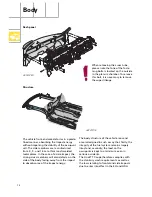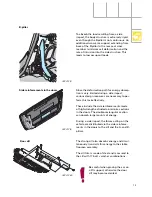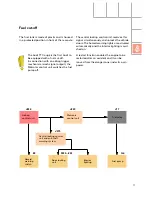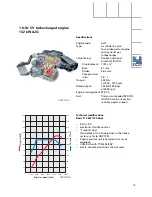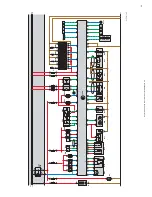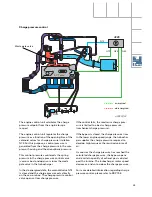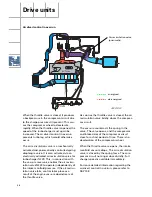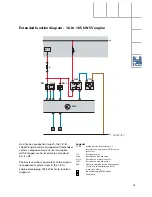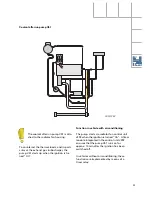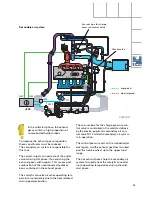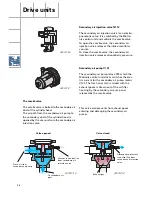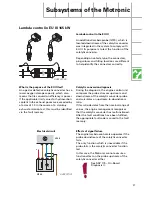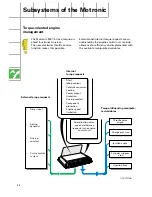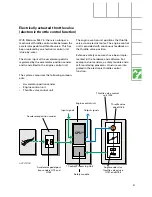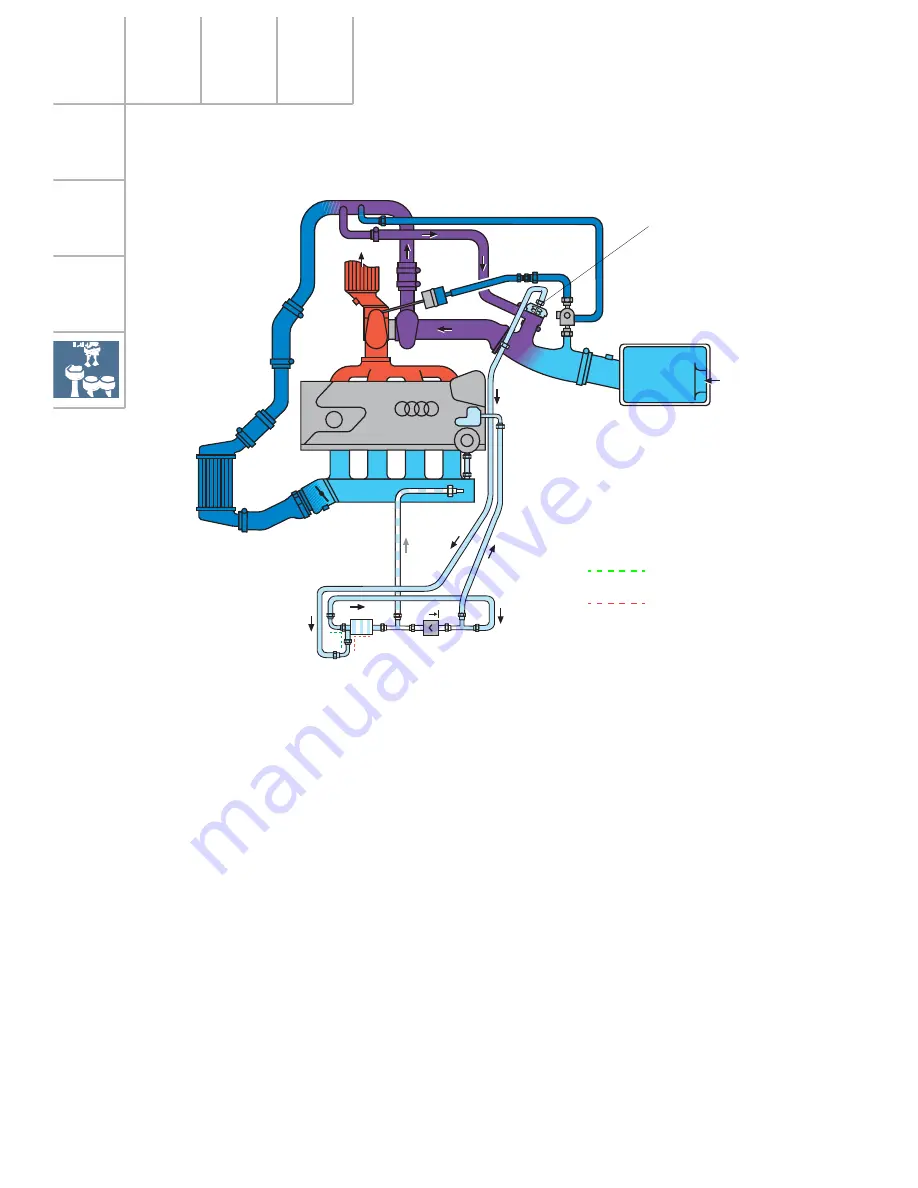
26
5V Turbo
N249
When the throttle valve is closed, it produces
a backpressure in the compressor circuit due
to the charge pressure still present. This cau-
ses the compressor wheel to decelerate
rapidly. When the throttle valve is opened, the
speed of the turbocharger must again be
increased. The air divert control in overrun
prevents turbo lag, which would otherwise
occur.
The air recirculation valve is a mechanically
activated and pneumatically controlled spring
diaphragm valve. It is also activated via an
electrically activated air recirculation valve for
turbocharger N249. This, in connection with
the vacuum reservoir, enables the air recircu-
lation valve N249 to operate independently of
the intake manifold pressure. If the air recircu-
lation valve fails, control takes place as a
result of the engine vacuum downstream of
the throttle valve.
As soon as the throttle valve is closed, the air
recirculation valve briefly closes the compres-
sor circuit.
The vacuum counteracts the spring in the
valve. The valve opens, and the compressor
and intake sides of the compressor circuit
close for a short period of time. There is no
deceleration of the compressor wheel.
When the throttle valve re-opens, the intake
manifold vacuum drops. The air recirculation
valve is closed by the spring force. The com-
pressor circuit no longer closes briefly. Full
charger speed is available immediately.
For more detailed information regarding the
air divert control in overrun, please refer to
SSP 198.
Air divert control in overrun
SSP207/23
Drive units
energised
de-energised
Air recirculation valve
(pneumatic)

